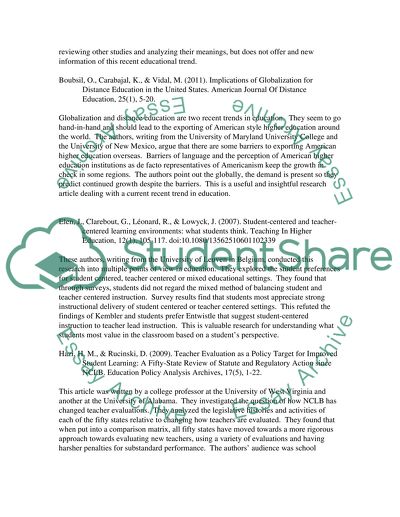Cite this document
(“Education Annotated Bibliography Example | Topics and Well Written Essays - 2500 words”, n.d.)
Retrieved from https://studentshare.org/education/1396138-education
Retrieved from https://studentshare.org/education/1396138-education
(Education Annotated Bibliography Example | Topics and Well Written Essays - 2500 Words)
https://studentshare.org/education/1396138-education.
https://studentshare.org/education/1396138-education.
“Education Annotated Bibliography Example | Topics and Well Written Essays - 2500 Words”, n.d. https://studentshare.org/education/1396138-education.


